Goshawks are a group of hawks in the taxonomic genus Accipiter. Researchers recognize 20 different species, and they share the Accipiter genus with 30 different species of hawks and sparrowhawks. The Northern Goshawk is perhaps the most well-known and widespread species, so this article will focus primarily on the Northern Goshawk. Read on to learn about the Goshawk.
Description of the Goshawk
This hawk species has dark feathers on its back and the top side of its wings, and lighter colored feathers on the bottom of its wings and its underbelly. The underbelly also has light grey barring from the neck to the feet and along the bottom of the wings.
This species also has noticeably red eyes. Adult Northern Goshawks usually weigh about two pounds, and their wingspan is about three and a half feet across.
Interesting Facts About the Goshawk
These birds live across much of the Northern Hemisphere and are incredibly widespread and common. Learn more about what makes this hawk unique below.
- Natural Pest Control – These hawks use some ingenious methods to keep pests away from their young. They build several different nests, in case one is not sufficient for their needs. They also stock the nest with pine needles. The smell and oils from the pine needles repel pesky insects.
- Attack! – Pine needles won’t exactly keep predators away from their chicks. Thankfully, these birds are dedicated parents. In fact, they will viciously attack any potential predator that comes too close to their nest, including humans!
- Cook’s Hawk – Like many other birds of prey, humans have used Goshawks in falconry for thousands of years. In falconry, the birds help the humans capture prey easily. These hawks were so successful at hunting that the falconers called them “cook’s hawks” because they would provide so much food!
- Big Bird – This species is the largest Goshawk in the world. Not only are they the largest Goshawk, but they’re the largest members of Accipiter as well! That means they beat out 49 other species of hawks for their crown.
Habitat of the Goshawk
Though widespread, this species has relatively specific habitat preferences. They live in coniferous (or pine) forests, and deciduous (or broad leaf) forests. Of these forests, they inhabit mostly mature sections with large trees and the occasional open area.
Their preferences do vary from region to region, and populations in different areas live in different types of forests. They also inhabit mountain forest as well, though they do migrate during the winter to warmer areas.
Distribution of the Goshawk
Northern Goshawks have an incredibly wide range. They live from Alaska through Canada and into North America. Their range even extends south into Mexico!
Across the pond, these birds live throughout much of Europe, and across Asia to the eastern coasts of Russia. Their populations do not extend into the extreme polar regions in the north.
Diet of the Goshawk
These hawks are carnivores, and feed on a variety of small animals. They eat a variety of birds, small mammals, reptiles, and invertebrates. Their exact diet depends on where they live and what prey is available to them.
Some examples of common prey items include rabbits, squirrels, grouse, blue jays, crows, and more. While hunting, they fly quietly from perch to perch in search of food.
Goshawk and Human Interaction
Because this species is so widespread, the impact of human interaction varies greatly from region to region. In some areas, these birds are incredibly common, and their populations are booming.
In other areas, logging and deforestation cause sharp population declines. Habitat destruction is particularly troublesome because these birds prefer nesting in old, mature trees. However, the IUCN lists their global populations as Least Concern.
Domestication
Humans have not domesticated Goshawks in any way.
Does the Goshawk Make a Good Pet
No, Goshawks do not make good pets. Despite their impressive ability to capture prey, these birds do not make a good household pet. They are wild birds, and are more than capable of doing serious harm with their beaks and talons. Only licensed zoos and falconers can legally own one.
Goshawk Care
In zoos, these birds have access to large enclosures with plenty of space to fly. They eat a variety of foods, include rats, mice, chicks, and even rabbits. Zookeepers train many of them to stand on a glove, and even fly from handler to handler.
These birds participate in presentations and talks with zoo visitors. Education of the public is one of the most important aspects and goals in zoos and aquariums, and these animal ambassadors help zookeepers teach visitors about the importance of conservation.
Behavior of the Goshawk
Goshawks are usually solitary, or live in mated pairs. Though they are usually monogamous, both the male and the female have their own territory outside of breeding season.
These territories do overlap, but they do not interact frequently with one another. During the breeding season, mated pairs defend their territories aggressively against other hawks, as well as potential predators.
Reproduction of the Goshawk
Pairs build their nests in old, tall trees, using a variety of twigs and leaves. Females lay an average of three eggs per clutch, and incubate them for about a month.
The young chicks are completely helpless when they hatch, and their parents protect and care for them. It takes about a month for the chicks to begin learning how to fly. Once they are around two months old, the chicks are independent and leave their parents.



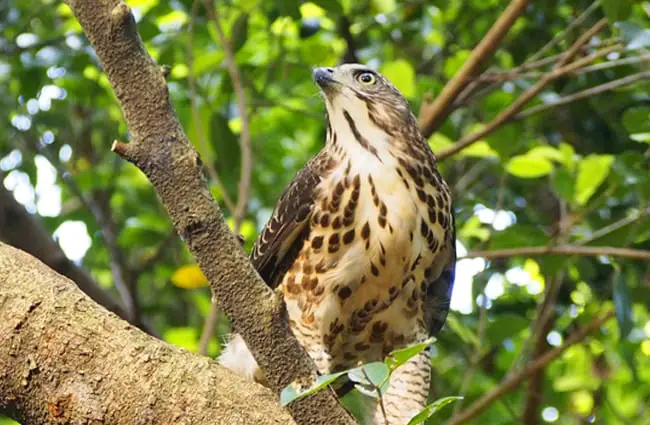
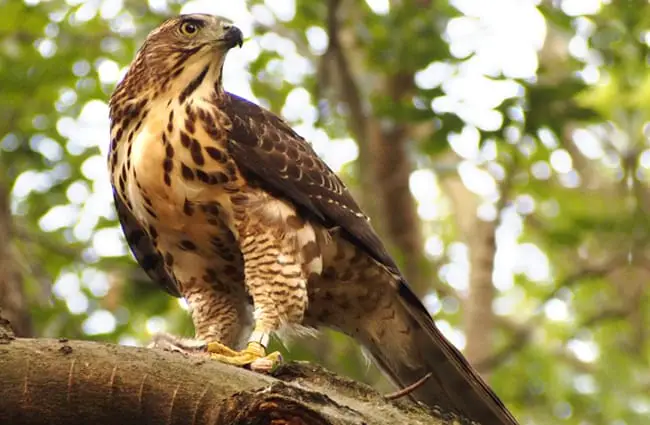
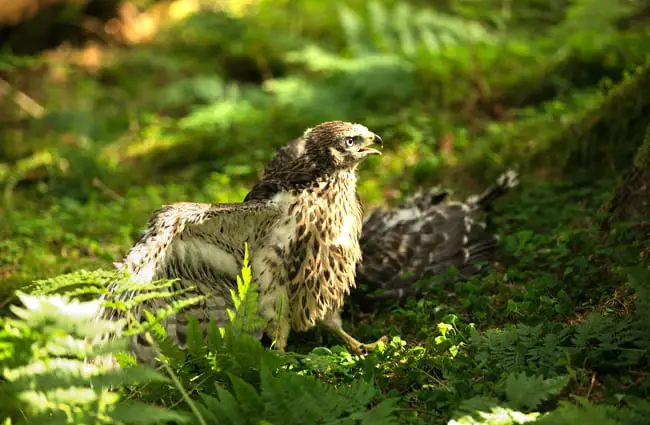
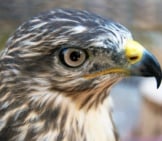
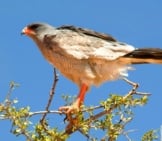
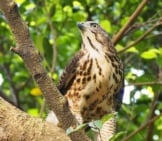
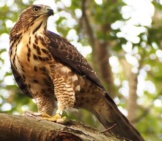
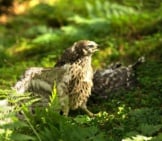
![Red Angus Closeup of a beautiful Red Angus cowPhoto by: U.S. Department of Agriculture [pubic domain]https://creativecommons.org/licenses/by/2.0/](https://animals.net/wp-content/uploads/2020/03/Red-Angus-4-238x178.jpg)

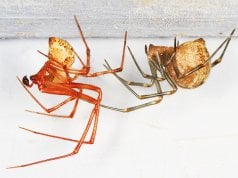










![Red Angus Closeup of a beautiful Red Angus cowPhoto by: U.S. Department of Agriculture [pubic domain]https://creativecommons.org/licenses/by/2.0/](https://animals.net/wp-content/uploads/2020/03/Red-Angus-4-100x75.jpg)

